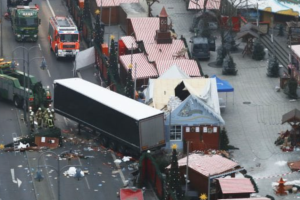
First modification:
Paris (AFP) – A team of researchers will begin drilling into the ice capping the Norwegian archipelago of Svalbard on Tuesday, in a race against time to save centuries of climate and environmental data before they are wiped out by global warming.
“Glaciers at high latitudes, like those in the Arctic, have begun to melt at great speed,” the Ice Memory Foundation stated in its statement on Monday.
“We want to recover and preserve, for future generations of scientists, these extraordinary archives of our planet’s climate before all the information they contain has disappeared,” says Carlo Barbante, director of the Institute of Polar Sciences of the Italian Scientific Research Council and Vice President of the Foundation.
Eight scientists from France, Italy and Norway, together with a drilling specialist and a mountain guide, are in charge of extracting two cylindrical samples of a total length of 125 meters, in one-meter cuts.
One sample will be analyzed immediately and the other will be stored in the Antarctic for future generations.
Glaciologists see how “their raw material is disappearing forever from the surface of the planet. Our responsibility, as glaciologists of our generation, is to manage to preserve a little” of that material, the president of Ice Memory, Jérôme Chappellaz, told AFP on Monday. .
The team has established their camp at 1,100 meters high, in the Holtedahlfonna region, full of dangerous crevasses, with temperatures between -25°C and -5°C.
Over twenty days, the team is responsible for extracting the cylinders, which have a diameter of 10 cm.
The samples destined to travel to the Antarctic, to the other end of the planet, will be stored at the Franco-Italian base of Concordia, where a natural cave has been conditioned with an average temperature of -50°C.
These ice logs will house the climatic memory of the last 300 years, particularly in their tiny air bubbles trapped in the ice.
Created in 2015, the Franco-Italian Ice Memory initiative has already collected samples in the Alps, the Andes, the Caucasus and Altai.
The project plans to carry out extractions in a total of twenty sites around the world.



![[Img #74675]](https://thelatestnews.world/wp-content/uploads/2024/12/They-discover-a-new-class-of-X-ray-sources-in-the-150x150.jpg)








